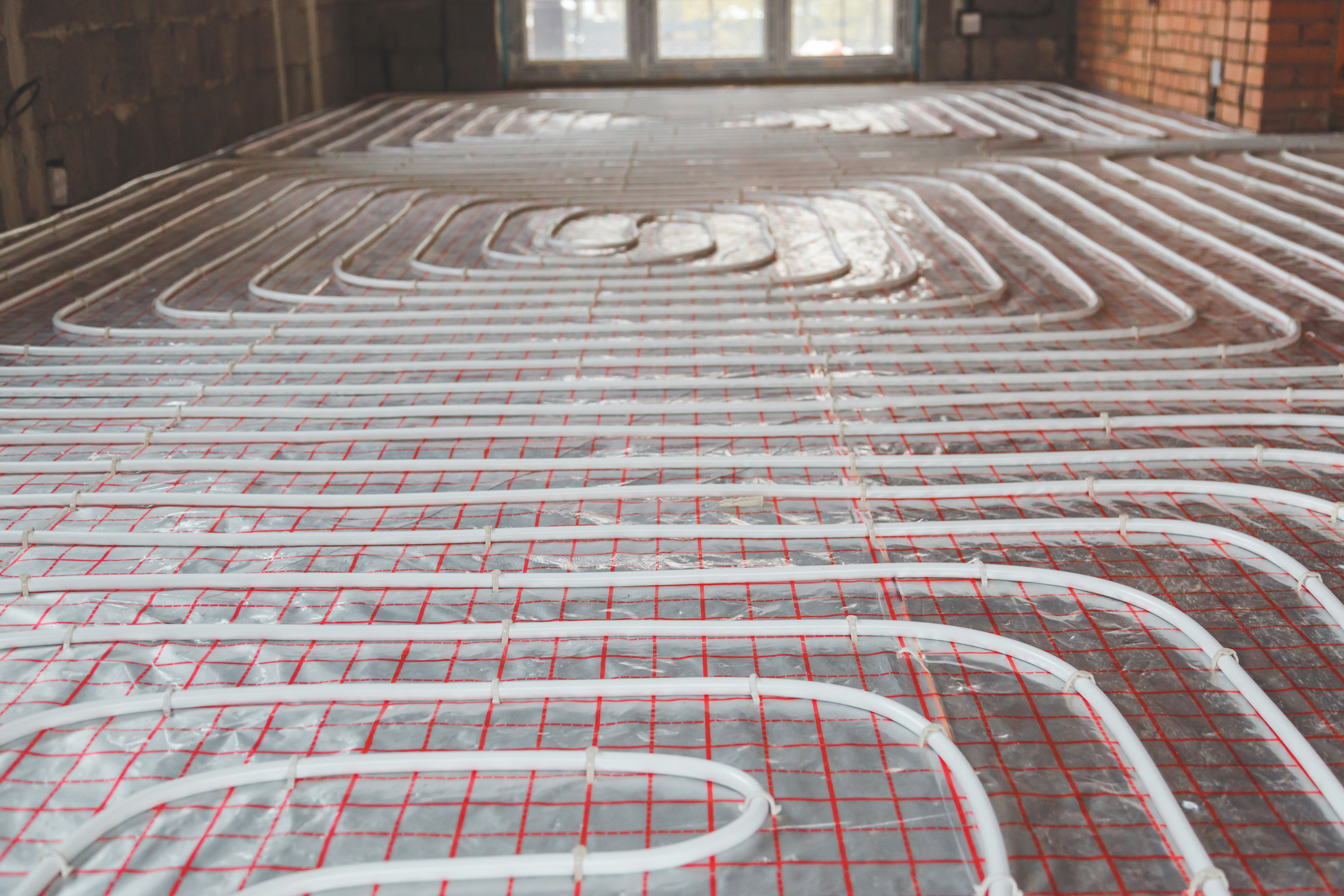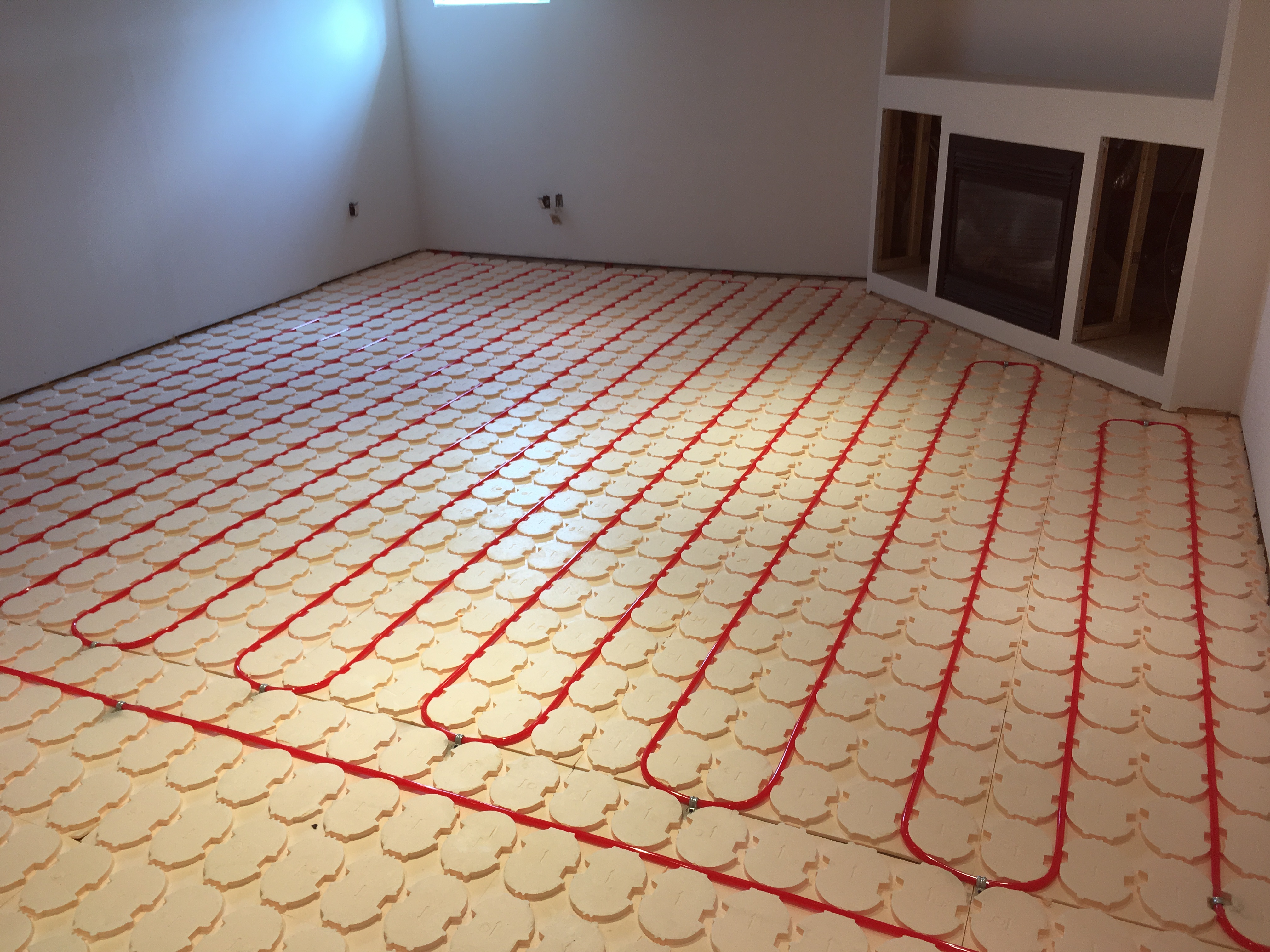
Seeing resistance to the introduction of concrete and the associated water to a wood structure as a stumbling block to the comfort of radiant heat in general, the Climate Panel was originally conceived to eliminate the moisture issues for wood-frame construction and wood flooring.

The Climate Panel, a combined wood and aluminum system, was first developed in response to concerns about moisture expressed by both general contractors and wood flooring installers. A "wet" system would be one that utilizes concrete or a lightweight version thereof. Recognizing that there is a place for all forms of radiant heating installation, and that Stadler-Viega advocates different installation methods depending upon the situation, this article will focus on the benefits of the dry or concrete-free hydronic radiant heating method. Such dry radiant heating systems have significantly increased in market share over the years as the advantages have become better understood. In 1995, Stadler, now known as Stadler-Viega, changed the face of radiant heating installation with the introduction of its "dry" radiant panel system, the Climate Panel(R) System.

Subscribe to Plumbing Group eNewsletters.


 0 kommentar(er)
0 kommentar(er)
